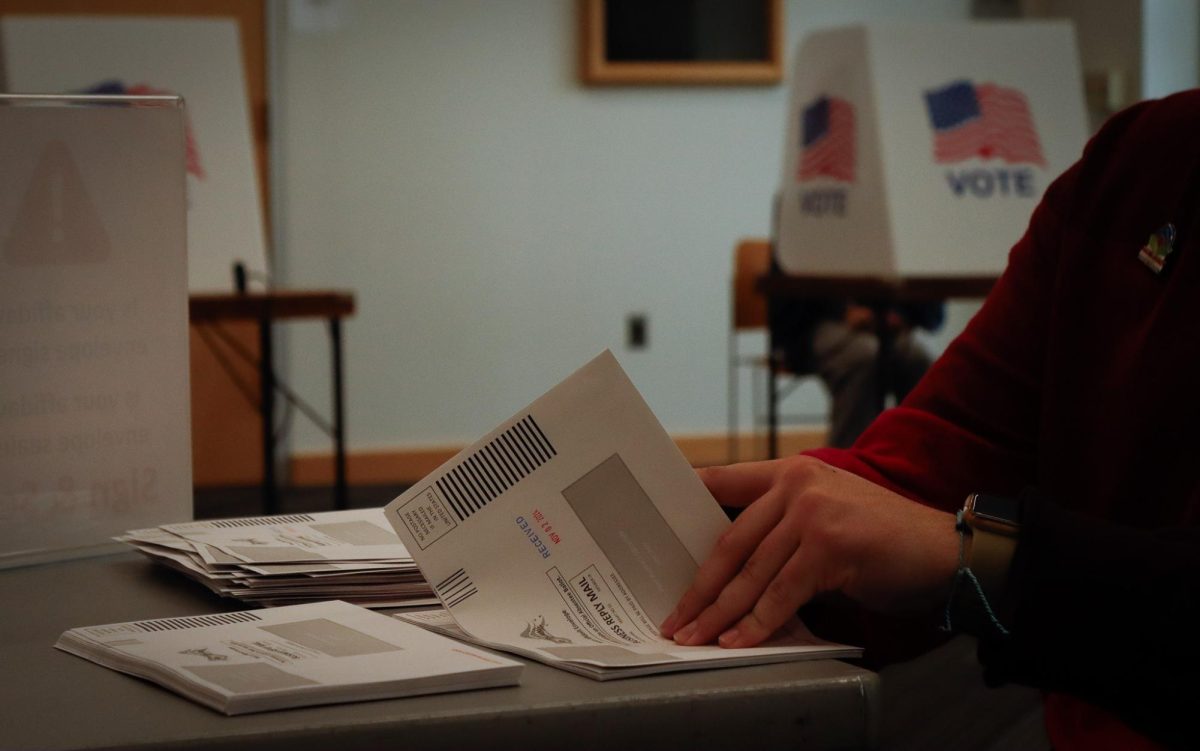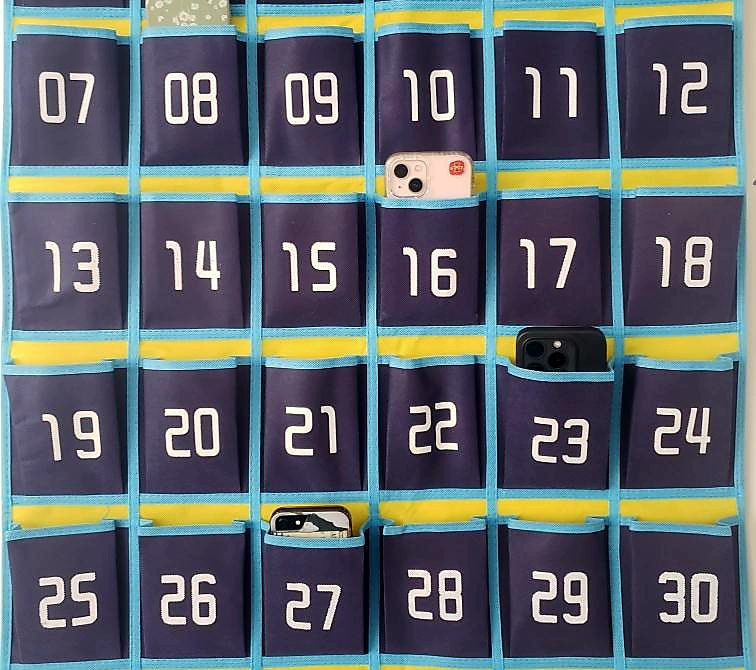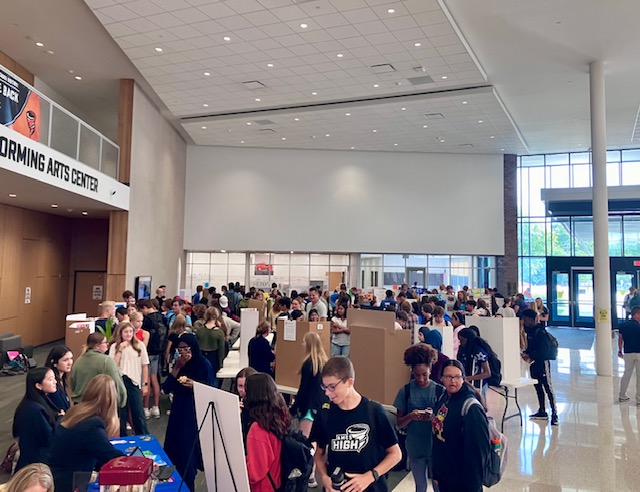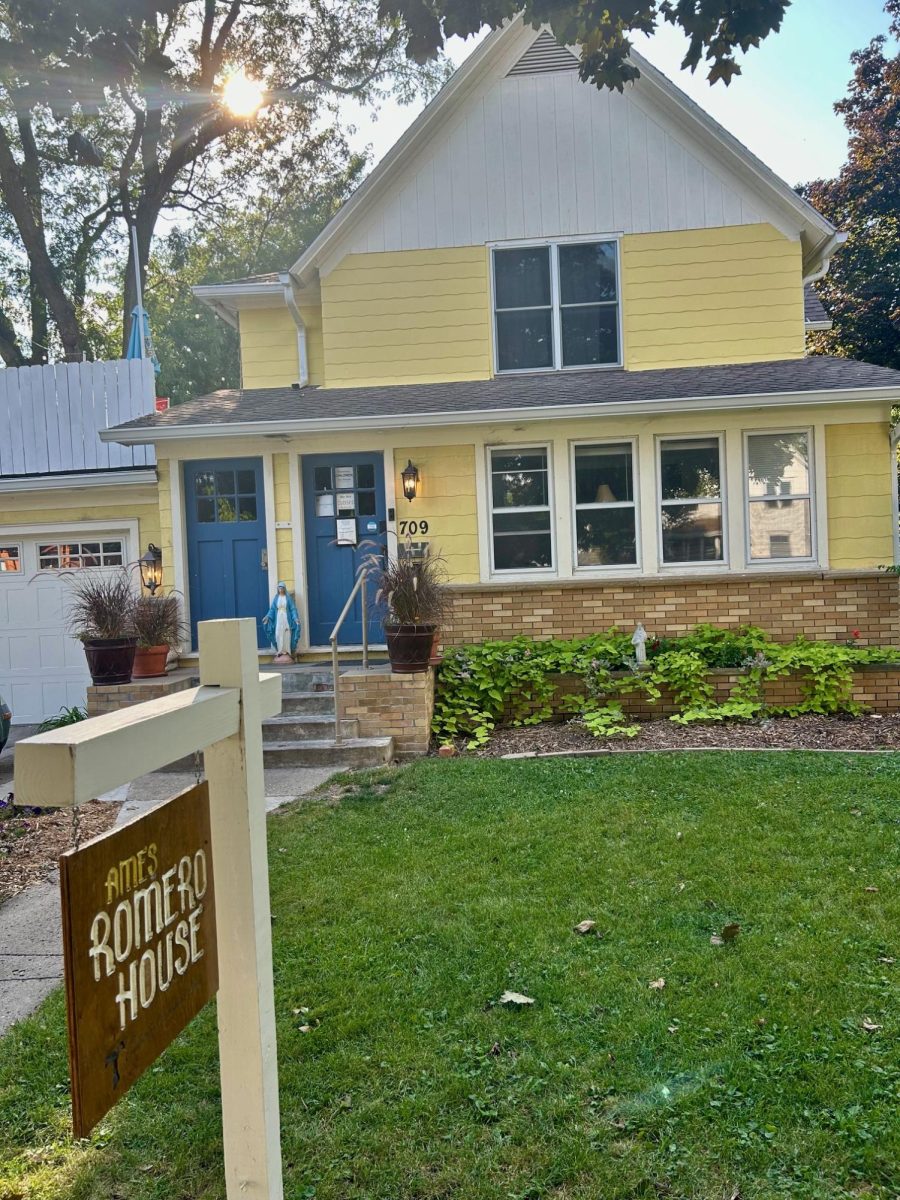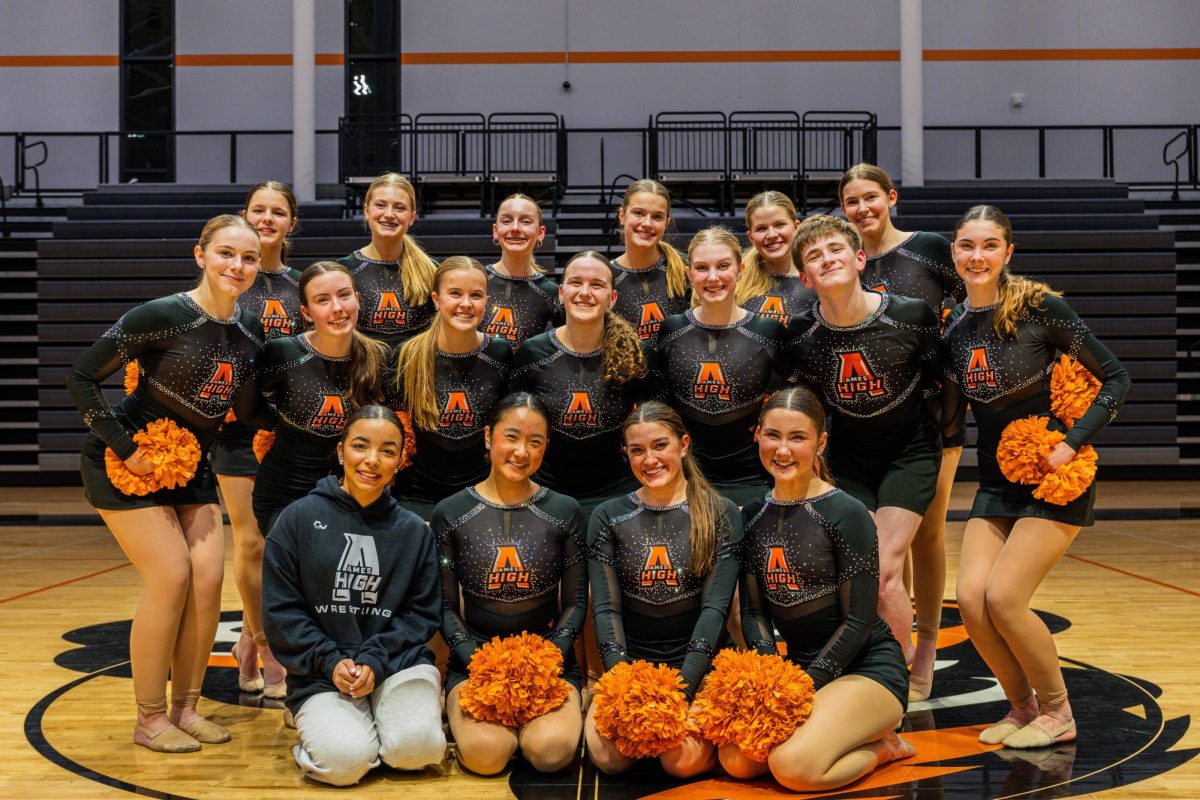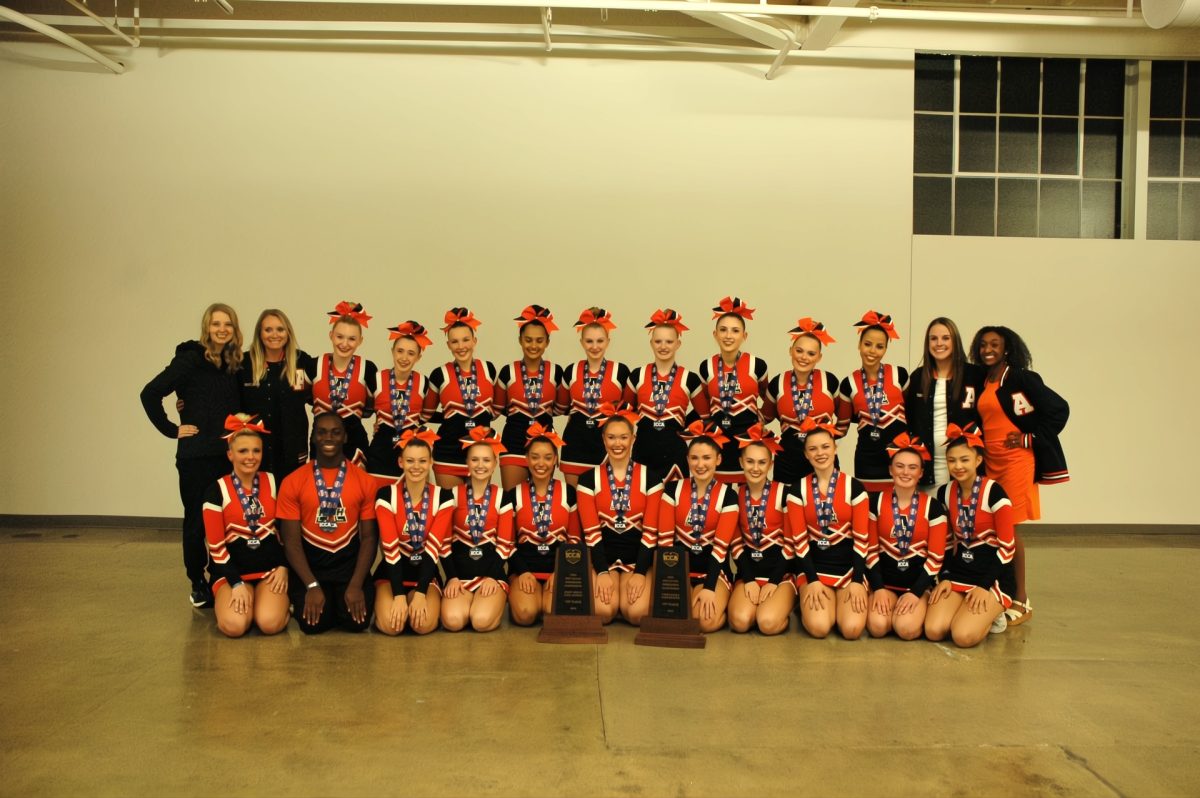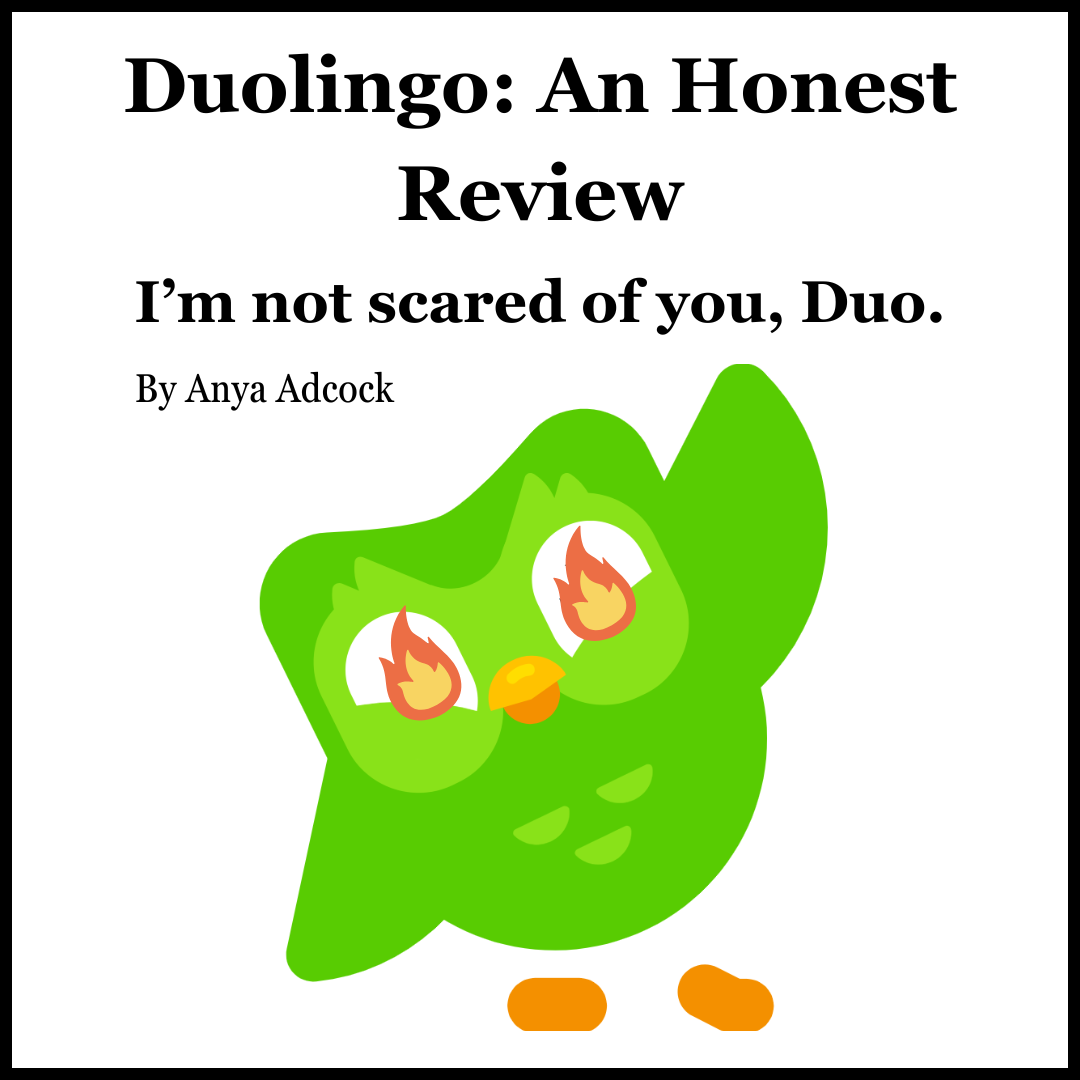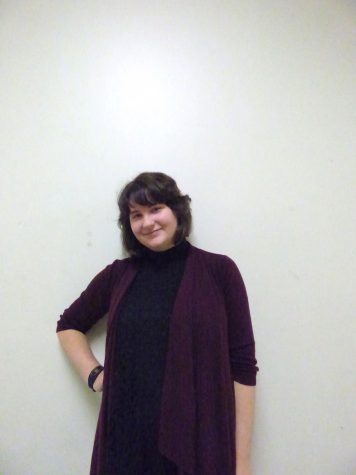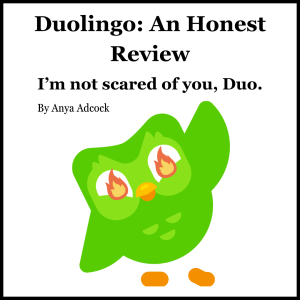Flipped Classrooms: Worth a Shot?
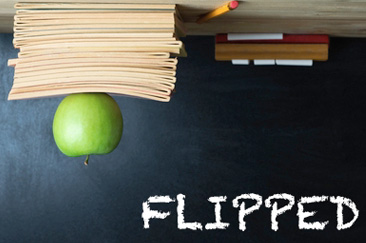
November 15, 2016
Over the past couple of years, the term flipped classroom has become one of the best words in my vocabulary. The goal of a flipped classroom is to expose students to the required material outside of school in a video or assigned reading. The students then come into the classroom and do their assignments there, so they are able to ask questions and get feedback when help is needed.
A flipped classroom can seem strange to some who have never been in that environment before, but flipping a class can actually have positive effects on student learning. It not only helps absent students stay caught up on school work, it also helps students to have more control on their ability to learn. “Flipped classrooms are beneficial if done correctly,” said junior Zach Vince, he then went on to say that, “The traditional classroom setting puts quite a lot of stress on the students.”
Students that are given the freedom and access to learning at their own pace are also given more time to discuss challenging concepts with their peers and get questions answered by their instructors. “I have been doing a flipped classroom for 3 years now,” said AHS math teacher Teresa Testroet. “Mrs. Fuqua and I started using this method to mostly help kids that struggle, I don’t do a true flipped classroom, but I do a modified version. I think it does have benefits, and I do think it works for me.”
As of today, there is no scientific research being done on flipped classes. There is, however, nonscientific research, which does suggest some that there are benefits. For example, Clintondale High School in Michigan saw the failure rate of its 9th-grade math students drop from 44 to 13 percent after adopting flipped classrooms (Finkel, 2012).
The lack of scientific research should not be a factor in determining if teachers should adopt a flipped classroom. It is something that can be really helpful if used correctly. Trying this method can lead to better student-teacher interaction and create opportunities to engage the students in a fun way.
If you are on the fence about whether a flipped classroom should be used in the high school, please just try it. With a little bit of work, this method can be used in any class setting. It is a different way of learning, and that can be very daunting, but trying it has no real ill effects. It can improve student and teacher outlook on a class, and that is the most important goal of teaching.


